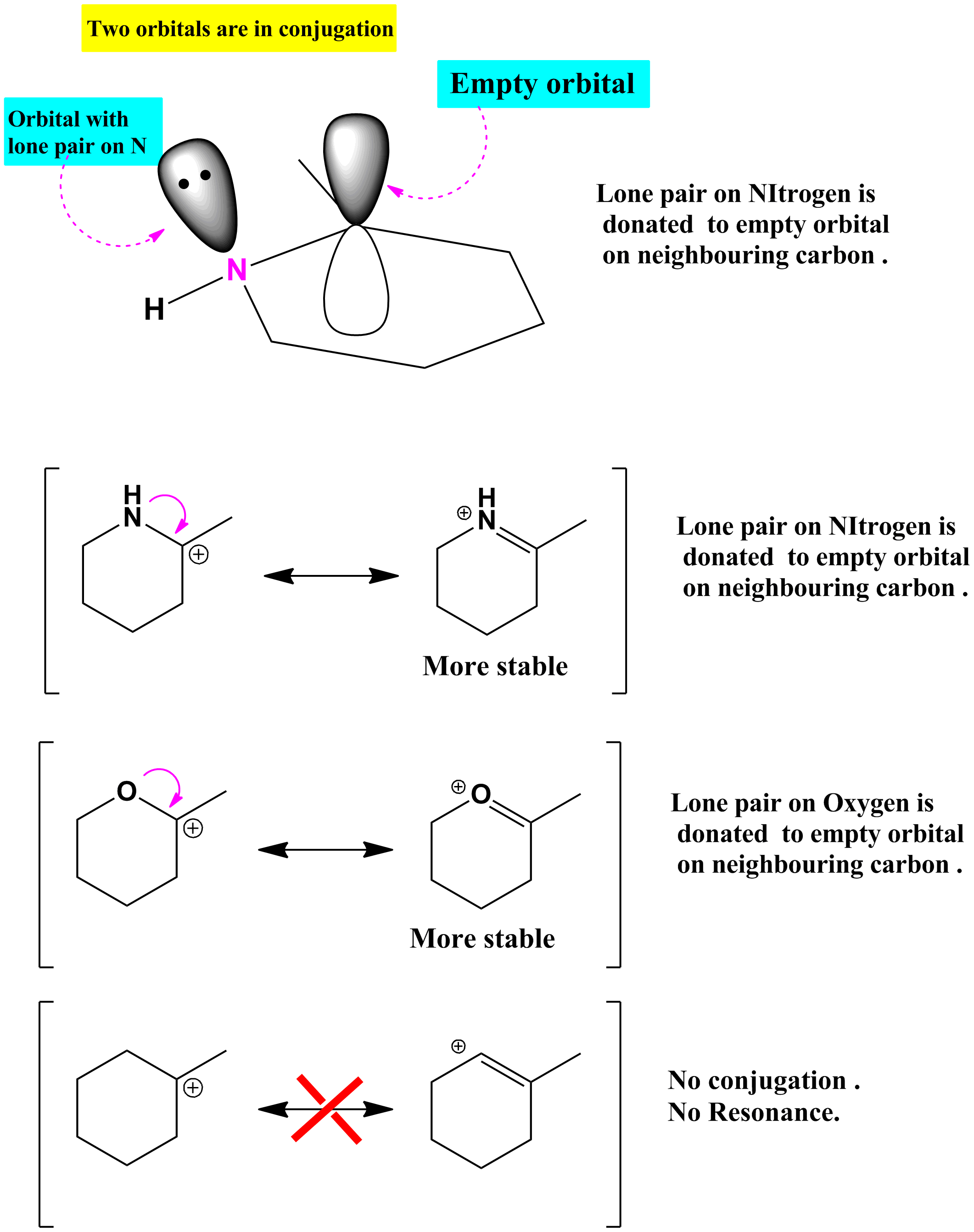I am studying introductory organic chemistry, suddenly this one started looking odd,
The carbocation stability for three compounds as given by my book is shown below,
Let me call those as compounds A>B>C as given in image. It is very well known that 'N' and 'O' are electron withdrawing group(shows -I effect) and they can also show +M effect( some texts call it as Resonance effect ) by delocalising their lone pair over the vacant p-orbital of the carbocation.
Now all i want to know is, How to decide whether +M effect or -I effect will operate in this case? If I consider only inductive effects, the order would be C>A>B which is wrong in this case.
One part of my text book says that +M effect > -I effect (in more than 99% of cases). But then too the next question arises, why +M effect of 'N' is more than that of 'O'?
I got stuck in this one and i am now asking whether such questions are feasible without conducting experiments.
Explanation with the principles which are familiar to my level would be nice.



